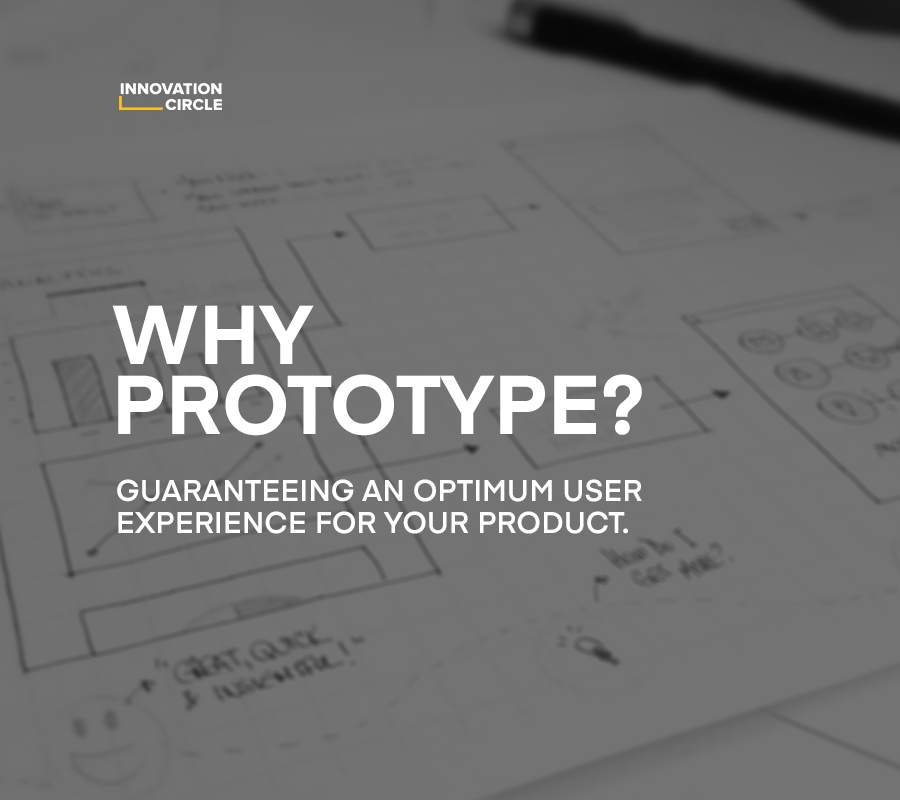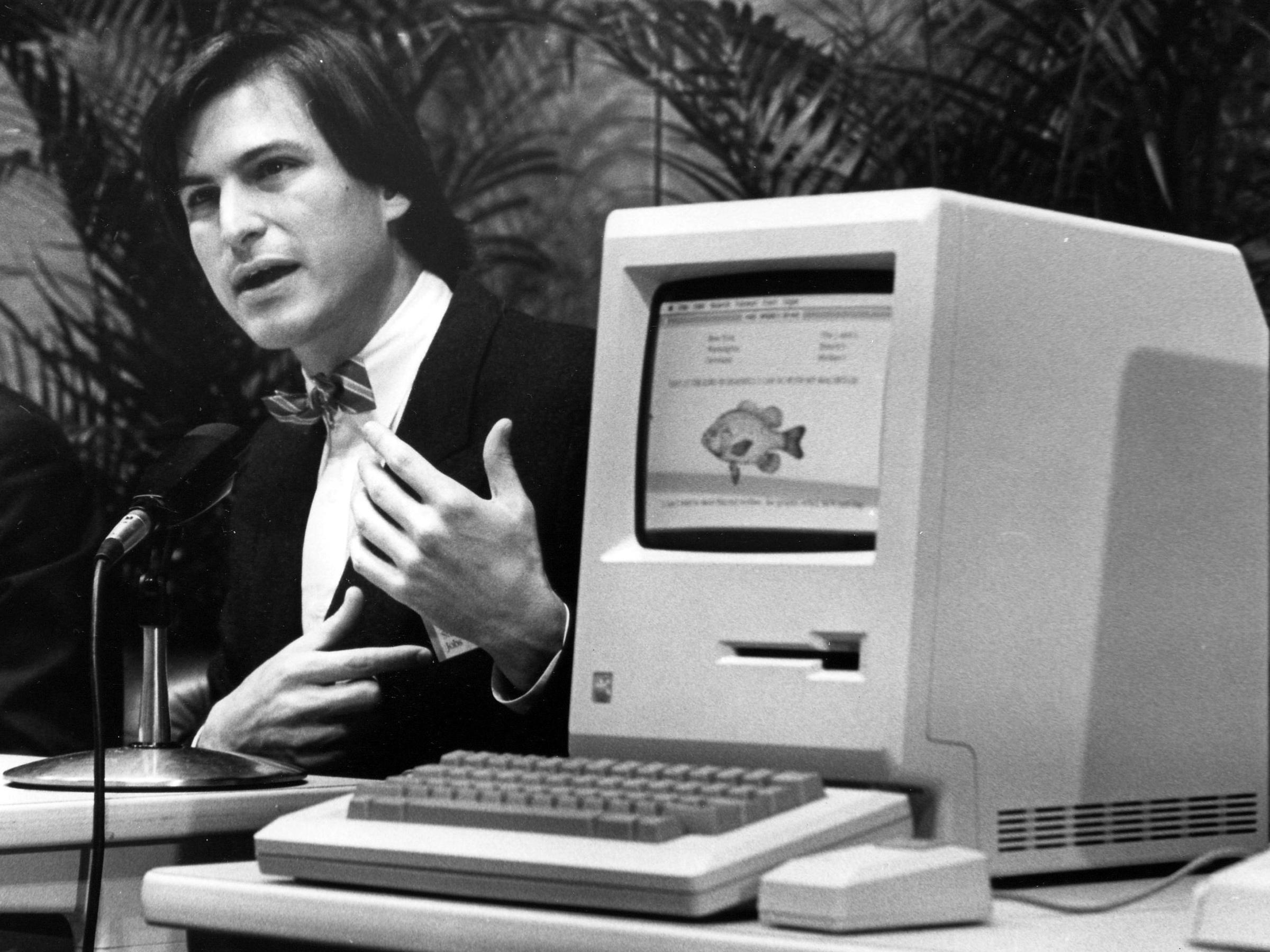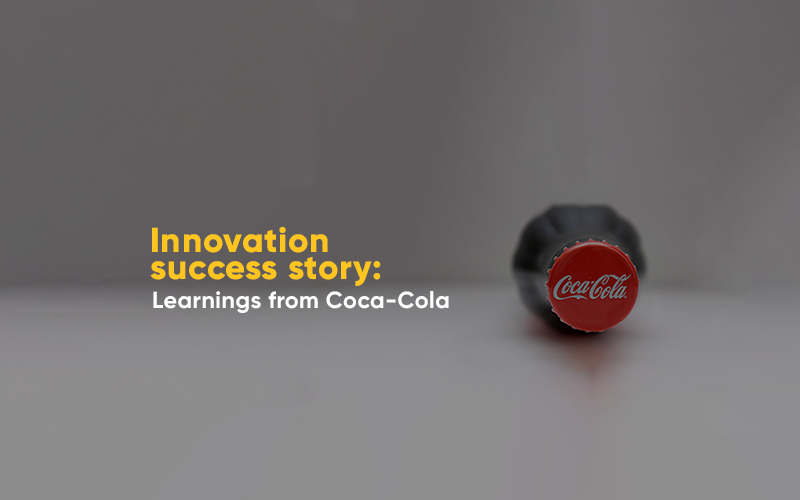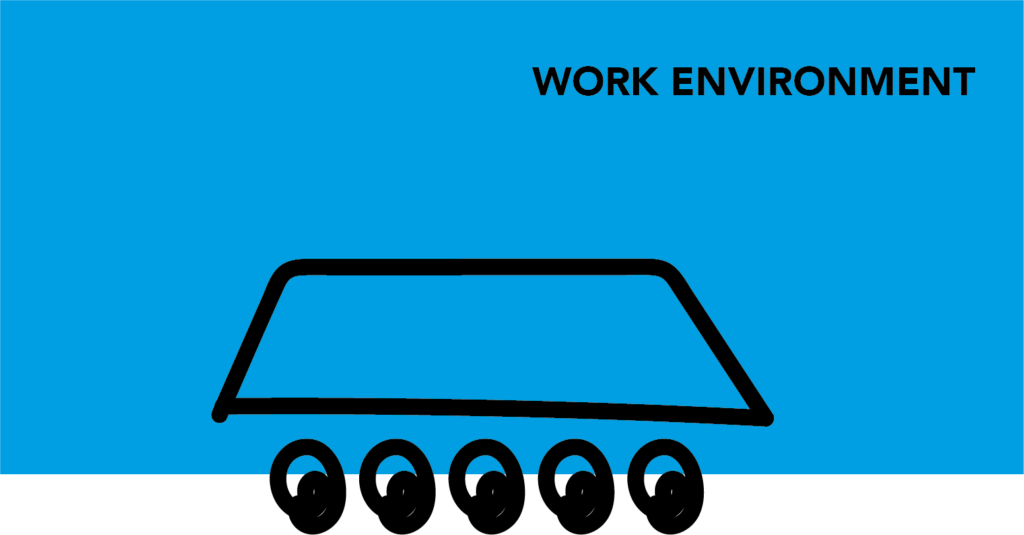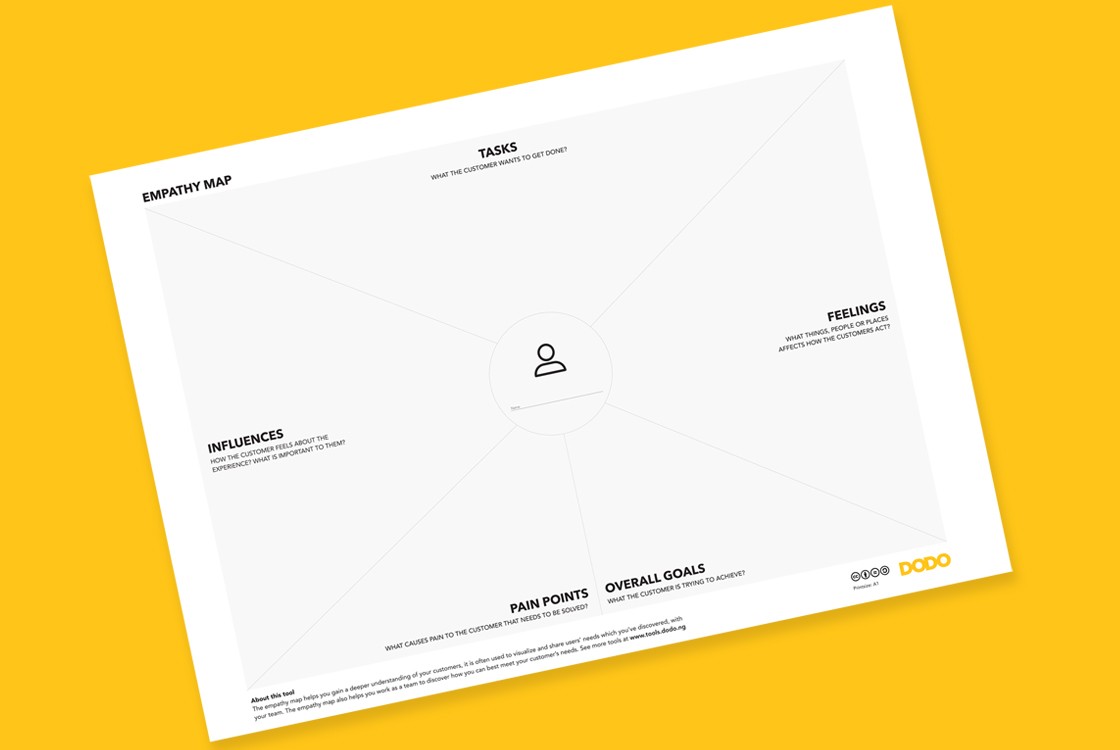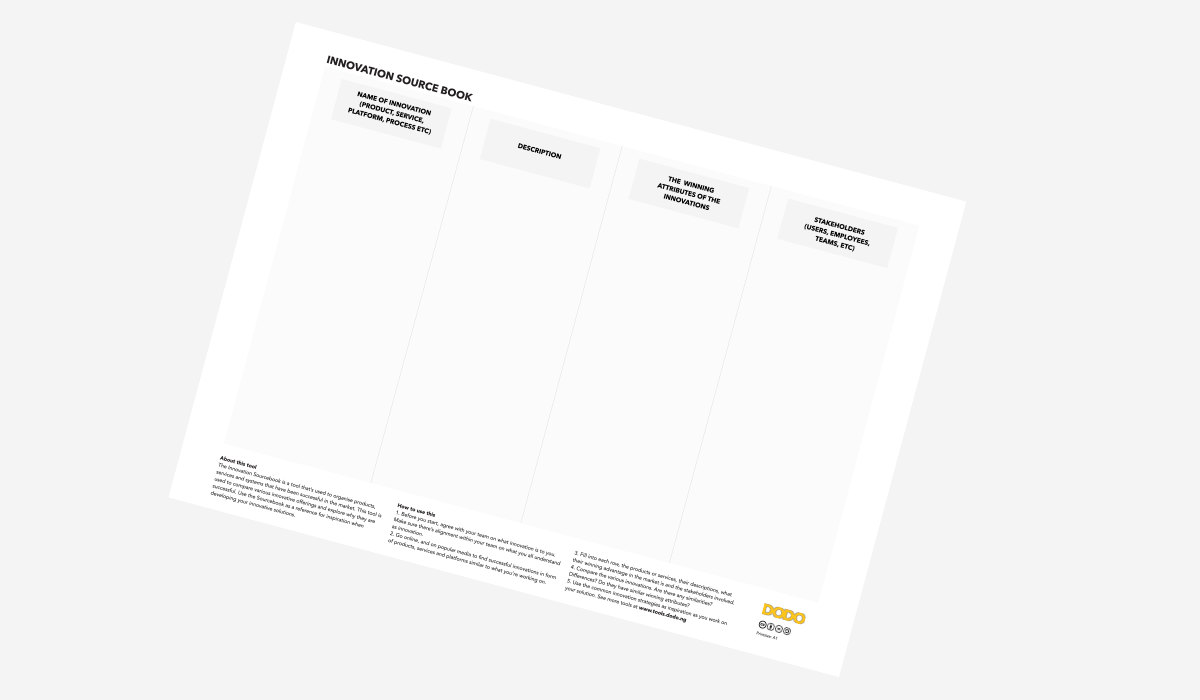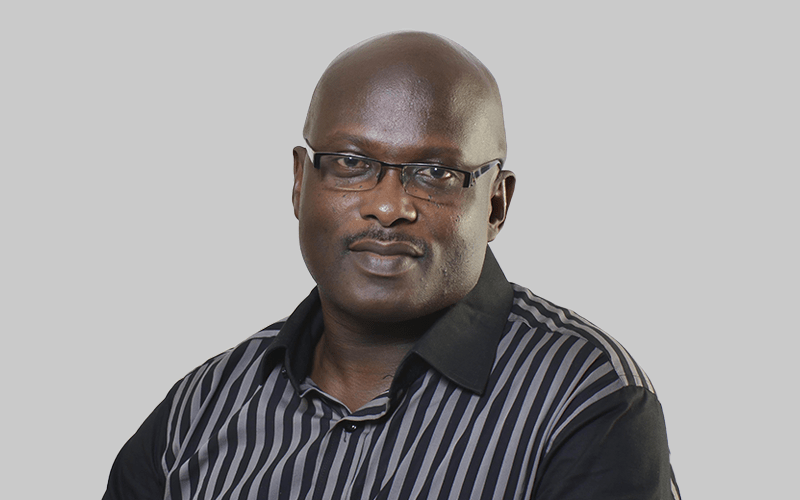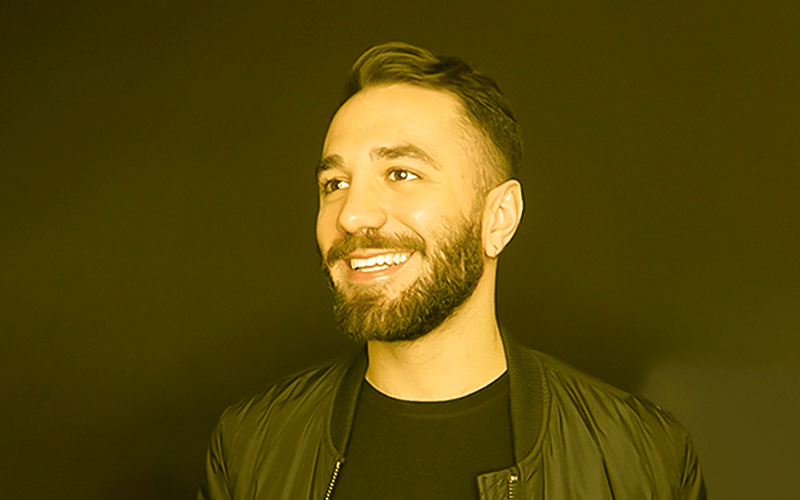Your job description is incredibly intriguing. Can you tell us what you do as Global Senior Director, Enterprise Analytics?
By drawing on my more than 20 years experience in leading the design and development of business intelligence (as known as BI) solutions, I apply the principles of design thinking to deliver successful business outcomes with enterprise analytics.
At SAP, I guide small, agile teams that embrace an entrepreneurial spirit to create new opportunities for innovation and help our customers and C-suite executives realize business growth and profitability.
Since the birth of smartphones and tablets, I have been fortunate to have been at the heart of digital transformation as we embrace mobile BI. I love this intersection of mobile, analytics, and the cloud.
You’re as much an evangelist for design (thinking) and innovation as you are for using technology (cloud and mobile) to empower C-suite through analytics. What are your thoughts on design and innovation as they stand on their own and then used in the area of business intelligence (that is, if there’s a relation there)?
I have always advocated the use of design-thinking principles to innovate new solutions for business problems. If we think of design as a mindset, instead of an abstract concept, people and processes become the primary focus of innovation, while technology plays a secondary role. And the rules behind designing and innovating business intelligence solutions are no different.
“If we think of design as a mindset, instead of an abstract concept,
people and processes become the primary focus of innovation, while technology
plays a secondary role”
Let me give you an example. Several years ago, SAP asked me to design our internal business intelligence platform called global customer operations (GCO) to support our double-digit sales growth. At first, our teams immediately focused on technology, especially since, at the time, a cloud deployment was not an option and on-premise solutions required much more effort and investment. But I chose a different direction: I deliberately chose to focus on the user experience because the area was often overlooked.
I began asking questions that were never considered for the implementation of traditional enterprise systems or business intelligence solutions. This move surprised everyone in the organization and received some push back and strong objections due to pre-established aggressive goals and timelines.
By mapping the user journey, I was able to help our teams recognize, isolate, and address pain points to design a complete user experience. With each rapid prototype, we validated interim steps and made new discoveries in areas that would have been never considered otherwise.
Even if the initiative was something different, I would have used the same approach to execute it. This would be the case whether I was involved or asked to assist in projects for an enterprise resource planning (ERP), human resources (HR), customer relationship management (CRM), or finance solution.
The focus of technology design and innovation should never be on what the technology can do for the user, but rather what the user can do with that technology. If our design—especially in an enterprise setting—does not proactively tackle the weaknesses nor maximize the strengths of the technology, we are bound to fail no matter how elaborate and intricate the solution.
This reality requires leadership with forward-thinking ideals to cement a culture of design thinkers who can expand the window of opportunity with solutions that can be built on top of an innovation foundation through design.
“Several years ago, SAP asked me to design our internal business
intelligence platform called global customer operations (GCO) to support our
double-digit sales growth. At first, our teams immediately focused on
technology, But I chose a different direction: I deliberately chose to focus on
the user experience because the area was often overlooked.”
You recently wrote an article on customer empathy as it’s used in design thinking. Would you relate this qualitative aspect of understanding and providing solutions to customer needs to the practice of, for example, mobile design and analytics to make informed decisions on how to better serve customers?
If we believe that customer-centric design is about “looking out from the inside, not outside-in,” we need to be in the trenches with our developers and users. Working, observing, and, more importantly, suffering side by side with them allows us to see the experience through their eyes, within their authentic circles of influence, and under realistic conditions. We can’t do that from behind a desk. We have to live the experience, rather than experience it from a distance.
Empathy is the shortest distance between design thinking and
customer-centric innovation. When we place the user (or in some cases, the customer) at the core of everything we do in our design-thinking journey, we foster a human-centered approach that remains focused on needs, including those that are unarticulated or unknown. If we bring empathy to the forefront and make it a focal point, we can expand our capacity to understand our users, before we judge the experience or execute the solution. That’s the essence of customer empathy.
Take, for example, the performance concept in business intelligence and mobile applications. It represents the speed at which information is loaded and displayed on a mobile device. And the design and management of that can be tricky.
People who design mobile experiences often forget the psychology behind judging or interpreting experiences. Humans react to emotional probes—whether solicited or not—that are typically accompanied by emotional assurances, instead of logic, reason, or dispassion. I call these triggers “emosurances.”
Emosurances include sentiments such as:
- “We don’t want to be left in the dark.”
- “Updates and continuous information flow are good.”
- “We want to know the next steps.”
- “We hate uncertainty.”
Regardless of their shape, form, or frequency, we seek these cues to assure ourselves and shape the user experience. Emosurances are the points of light in design thinking that we seek to uncover, which are commonly hidden or marginalised.
When you compare the experience of a mobile device with that of a desktop PC, people tend to be less patient.
Think about it for a moment. When we work with PCs or laptops, we may sit in a relatively comfortable chair. We are not holding anything, but we are likely waiting for the next step after we click on a link or button. In most cases, we can minimize the active application window and multi-task as we take an unexpected phone call or take a break for coffee or tea. In this case, minutes can feel like seconds.
Now, contrast that PC experience with a mobile experience. There is a good chance we are not in an office or sitting at a desk. We are likely holding a mobile device in our hands. If we switch from an analytics app to another app to kill time or view a notification pop-up, the live session on the cloud application may stop. In other words, you must restart the query to acquire real-time information. A report or dashboard with average performance on a desktop may not survive in the hands of a mobile user. Seconds seem like minutes. It doesn’t matter what app you build; people won’t use it if they are frustrated or discouraged.
“…By mapping the user journey, I was able to help our teams recognize,
isolate, and address pain points to design a complete user experience. With
each rapid prototype, we validated interim steps and made new discoveries in
areas that would have been never considered otherwise.”
In describing empathy, the design-thinking methodology of learning about customers, you said, “To learn, we must listen more than we talk. When we observe, we disappear, rather than interfere. There is no room for sharing our opinions or selling the solution. We want facts. If we can’t understand the ‘why’ behind an experience or problem, any assumptions about the ‘what’ and ‘how’ become skewed or misleading.” We thought this was a very profound and descriptive way to talk about empathizing with customers. How does this apply in the world of cloud and mobile analytics?
Subject-matter expertise is a critical multiplier of innovation, as well as an essential element of collective insight. But its strength lies in the application of the empathy principle from design thinking: the desire to seek realization and perceptiveness in the experience, not accumulated experience confined to raw knowledge.
Listening and observing are critical exercises, but we must do more. If you know something, you can’t suffer because the knowledge holds you hostage. If you are not experiencing the pressure that, for example, a salesperson or executive faces and the serious implications of those decisions, you’re not capturing the essence of your users’ journey. Whether you are an analyst, designer, or software engineer, you must get away from your desk and jump in.
For example, when creating reports and dashboards for enterprise-wide consumption on mobile devices, analysts or content developers use online viewers that simulate the look and feel of a mobile device. Sometimes, I find out that some of them may never view it on an actual mobile device before implementation. Testing on a simulated screen does not even come close to the real-life experience of a mobile device and the conditions that affect it.
A best practice that I use when designing an application for a mobile use case is an immediate move toward a proof of concept because I want to fail early and often. The prototype, no matter how basic it may be, provides the opportunity to capture, what I call, fail points. I closely watch users, with different backgrounds and tech-savviness, play and interact with the device. I want to see how they handle the device and consume the information on the screen. Are they focused or unfocused? When possible, I record these findings on video when possible, so I don’t interrupt their natural workflow or habits by taking notes and asking questions.
“Empathy is the shortest distance between design thinking and
customer-centric innovation.”
For C-suite executives, is there a way to combine the empathy of design thinking with cloud and mobile analytics to drive innovation and transformation in their companies?
This is a great question! I have spent most of my career helping C-suite executives. That experience has afforded me with a deeper understanding of what drives executive decision-making.
When I taught doctorate-level classes at Wilmington University, I had a very different philosophy in teaching this subject, compared to traditional methodologies embraced by the faculty. Instead of focusing on theories, tools, and technologies, I designed a curriculum that centered on how data-driven decision-making drives better-informed decisions, not necessarily better decisions. Employing familiar, everyday business models, products, and services, I had a chance to highlight the role that people and processes play when shaping actionable insight. And as I engage with C-suite executives, I have found that the same experience and approach apply as well.
Competing on design thinking requires a fundamental shift in how we design solutions to business problems and, more importantly, how we channel the essential values of design thinking in everything we do. To make a greater impact and enable a competitive edge with design thinking, businesses need to place more emphasis—first and foremost—on what I like to call the application of core principles.
This viewpoint requires design thinking as a framework for innovation. We pollinate new and old ideas, which translate into solutions that drive growth and profitability. Furthermore, we can compete on design
thinking because its core principles will remain timeless for generations to come.
Can you elaborate on this profound statement you made in a recent post on Medium? “The traditional value proposition of a product or service is a promise of particular utility value. If you get X, you will receive Y as a result of Z. The design-thinking value proposition is a promise of core values: You want to get X because you care about Y and Z matters to you.”
Thank you! I love this equation. For a concept that’s so simple, it is tremendously powerful.
The foundation of digitalization and the value created through digital transformation are centered on that understanding that they are drastically different than the design precepts of the analog world. Although the design-thinking mindset was equally effective before, its impact is amplified in the digital era.
We no longer can remain stuck in linear thinking aimed at maximizing the expected ROI at a given risk. Nor can we afford to focus on the transaction, instead of the human experience. These mindsets may have been okay in the analog world when design capabilities were limited in most cases and made up of one-dimensional experiences. But digitalization has changed it all by transforming the user and bringing the experience to the forefront of innovation and design.
When we design products and services, we are creating experiences, even if the boundaries are narrow and controlled. This is true for a product, cloud subscription service, or online transaction. Unlike the analog world, users are empowered and in the driver’s seat because they have control, choice, and influence. In return, we must understand what matters to the user so we can build for and with that purpose to go beyond transactional elements. This, I believe, is where innovation happens. Design thinking doesn’t guarantee innovation, but innovation always hinges on design-thinking principles.
What #innovationmoment have you experienced in your career so far? (We define an #innovationmoment as something you’ve done, have been a part of, or have witnessed that has been incredibly life-changing and impactful to others)?
#Innovationmoment is such a great hashtag. This one is easy for me to recall. Shortly after the release of the very first iPad in 2010, I designed and developed SAP’s first internal mobile analytics dashboard for the office of the CEO.
At the time, Bill McDermott was our CEO at SAP. When he began using the dashboard during his presentations, TV appearances, and customer events, I was captivated by how he would not only showcase the technology but also demonstrate firsthand the incredible value that it brought to the C-suite. Remember, this was happening during the early days of mobile adoption in Fortune 500 companies. More importantly, people were still chained to their PCs and requested printed paper copies of reports, even if the data could be consumed on their monitor screen.
During one of those interviews, it dawned on me that he wasn’t just showcasing our technology but, more importantly, telling a story. I quickly realized the power of storytelling and building user experiences that empowered it.
I always argue that mobile analytics isn’t about jamming lots of data with useless charts and tables on a mobile device, no matter how colorful and pretty they look. Instead, it’s about user experiences that empower faster and better-informed decision-making through storytelling.
This #innovationmoment is what kick-started my fascination with mobile applications and analytics. This project was one of the very first projects where I had the chance to apply design-thinking principles as part of a business intelligence initiative. And ever since then, I never looked back.
Disclaimer: All opinions expressed in this interview are those of the interviewee and do not reflect the opinions of any organization.
#innovationmoment
“…I designed and developed SAP’s first internal mobile analytics dashboard for the office of the CEO. At the time, Bill McDermott was our CEO at SAP. When he began using the dashboard during his presentations, TV appearances, and customer events, I was captivated by how he would not only showcase the technology but also demonstrate firsthand the incredible value that it brought to the C-suite…this was happening during the early days of mobile adoption in Fortune 500 companies…it dawned on me that he wasn’t just showcasing our technology but, more importantly, telling a story. I quickly realized the power of storytelling and building user experiences that empowered it…”




